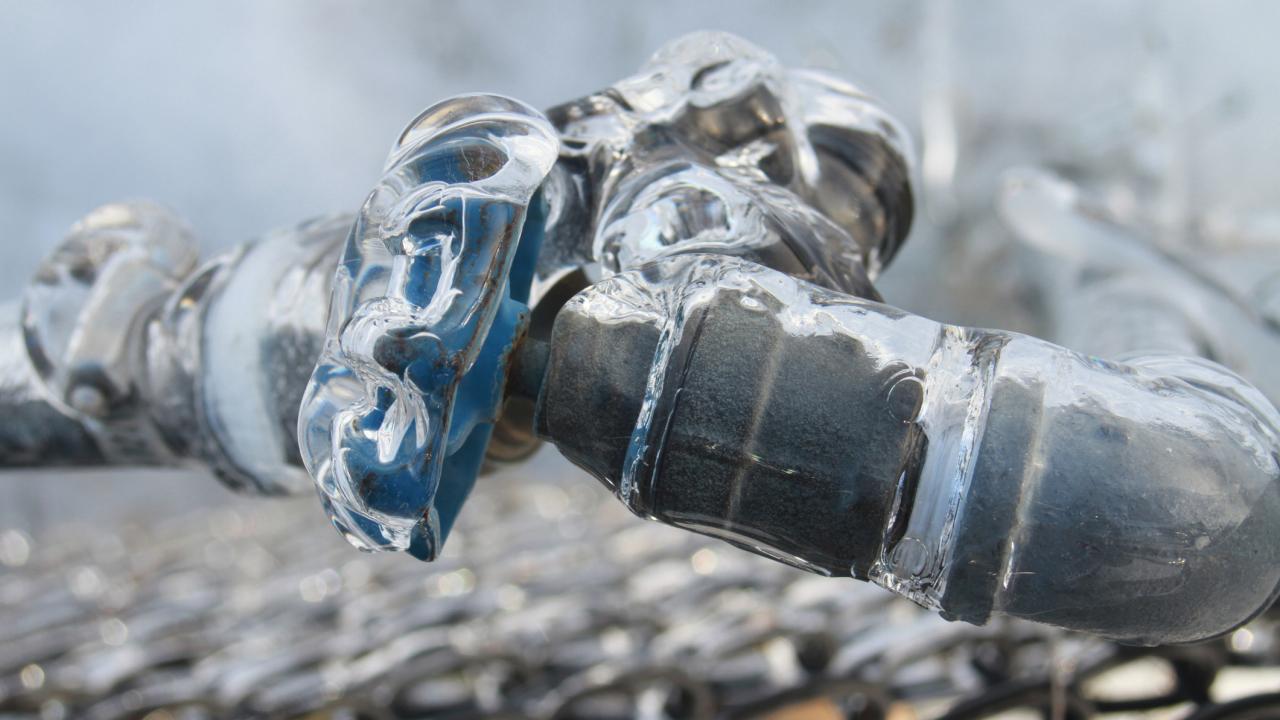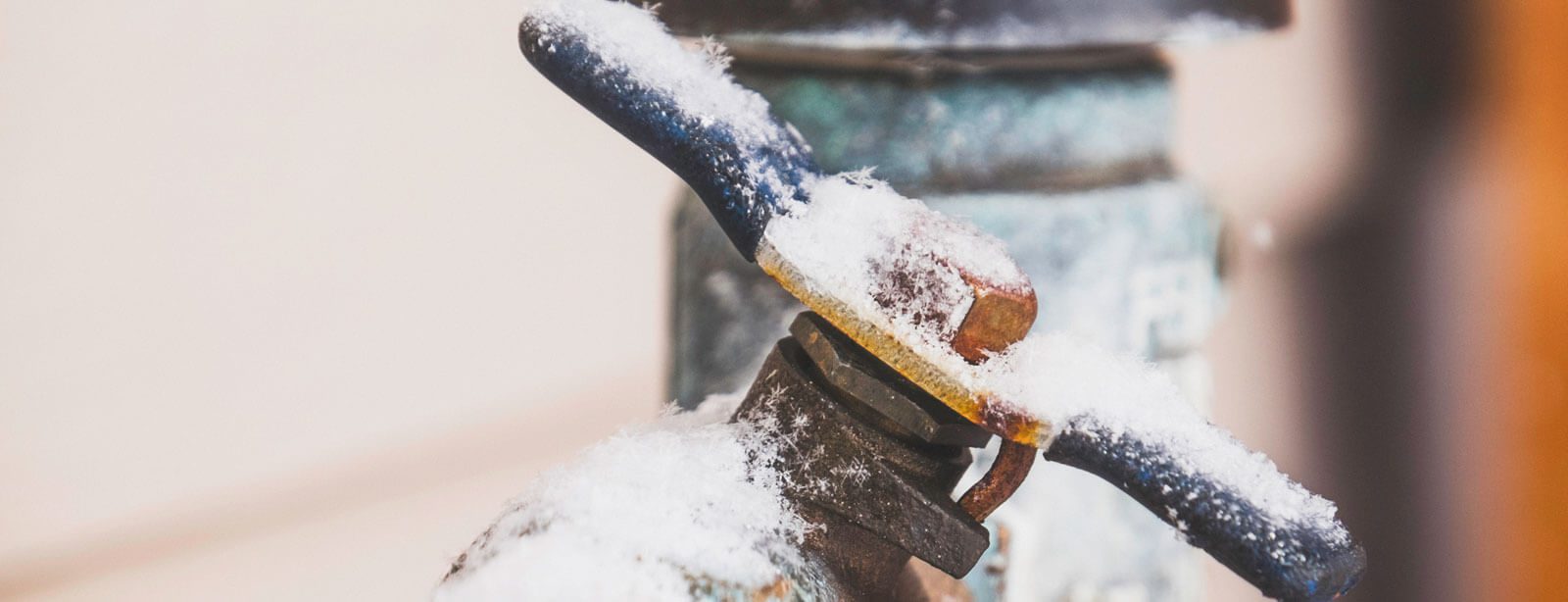Avoiding Frozen Plumbing in Winter: Pro Tips
Avoiding Frozen Plumbing in Winter: Pro Tips
Blog Article
Right here below you'll find a lot of helpful content relating to Helpful Tips to Prevent Frozen Pipes this Winter.

Cold weather can wreak havoc on your pipes, specifically by freezing pipes. Below's how to stop it from taking place and what to do if it does.
Introduction
As temperature levels drop, the threat of icy pipes rises, potentially leading to expensive repairs and water damages. Understanding exactly how to stop frozen pipes is crucial for property owners in cool climates.
Comprehending Icy Pipelines
What creates pipes to freeze?
Pipes freeze when subjected to temperatures below 32 ° F (0 ° C) for prolonged durations. As water inside the pipelines ices up, it increases, taxing the pipeline wall surfaces and possibly creating them to burst.
Risks and damages
Frozen pipes can result in supply of water interruptions, building damages, and costly repair work. Burst pipelines can flooding homes and create considerable architectural damage.
Indicators of Frozen Water Lines
Determining frozen pipelines early can prevent them from breaking.
Exactly how to determine icy pipes
Search for reduced water circulation from taps, unusual odors or noises from pipes, and visible frost on subjected pipelines.
Avoidance Tips
Shielding susceptible pipes
Wrap pipelines in insulation sleeves or utilize warm tape to protect them from freezing temperatures. Focus on pipes in unheated or external areas of the home.
Heating strategies
Keep interior areas sufficiently heated, particularly areas with pipes. Open cupboard doors to enable warm air to circulate around pipes under sinks.
Protecting Exterior Plumbing
Garden tubes and outside faucets
Separate and drain pipes garden tubes prior to winter season. Install frost-proof faucets or cover outdoor faucets with shielded caps.
What to Do If Your Pipes Freeze
Immediate activities to take
If you think icy pipes, maintain faucets open up to alleviate stress as the ice melts. Use a hairdryer or towels soaked in warm water to thaw pipes slowly.
Long-Term Solutions
Architectural adjustments
Think about rerouting pipelines far from exterior walls or unheated locations. Add additional insulation to attic rooms, cellars, and crawl spaces.
Upgrading insulation
Invest in premium insulation for pipes, attics, and walls. Proper insulation helps maintain consistent temperatures and decreases the risk of frozen pipelines.
Verdict
Protecting against icy pipes requires proactive actions and fast feedbacks. By comprehending the causes, signs, and safety nets, house owners can safeguard their plumbing throughout cold weather.
5 Ways to Prevent Frozen Pipes
Drain Outdoor Faucets and Disconnect Hoses
First, close the shut-off valve that controls the flow of water in the pipe to your outdoor faucet. Then, head outside to disconnect and drain your hose and open the outdoor faucet to allow the water to completely drain out of the line. Turn off the faucet when done. Finally, head back to the shut-off valve and drain the remaining water inside the pipe into a bucket or container. Additionally, if you have a home irrigation system, you should consider hiring an expert to clear the system of water each year.
Insulate Pipes
One of the best and most cost-effective methods for preventing frozen water pipes is to wrap your pipes with insulation. This is especially important for areas in your home that aren’t exposed to heat, such as an attic. We suggest using foam sleeves, which can typically be found at your local hardware store.
Keep Heat Running at 65
Your pipes are located inside your walls, and the temperature there is much colder than the rest of the house. To prevent your pipes from freezing, The Insurance Information Institute suggests that you keep your home heated to at least 65 degrees, even when traveling. You may want to invest in smart devices that can keep an eye on the temperature in your home while you’re away.
Leave Water Dripping
Moving water — even a small trickle — can prevent ice from forming inside your pipes. When freezing temps are imminent, start a drip of water from all faucets that serve exposed pipes. Leaving a few faucets running will also help relieve pressure inside the pipes and help prevent a rupture if the water inside freezes.
Open Cupboard Doors
Warm your kitchen and bathroom pipes by opening cupboards and vanities. You should also leave your interior doors ajar to help warm air circulate evenly throughout your home.

We were shown that editorial on Winter Plumbing Precautions: Preventing Frozen Pipes through a buddy on another site. Enjoyed reading our blog posting? Please share it. Help other people locate it. Many thanks for your time spent reading it.
Schedule Service Pickup Report this page